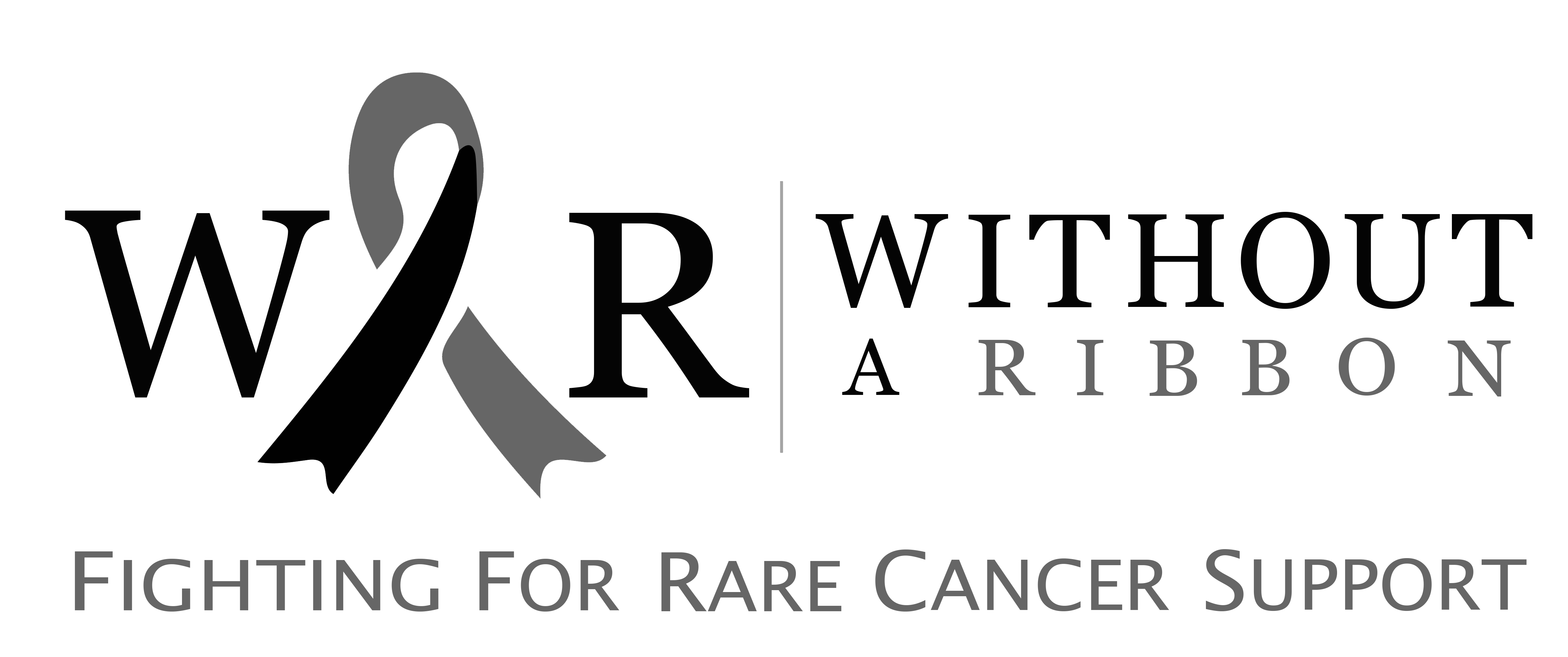What is Sarcomatoid Squamous Cell Carcinoma?
Sarcomatoid squamous cell carcinoma is a rare and aggressive form of cancer that involves a mix of abnormal squamous cells and spindle-shaped cells. This type of cancer grows quickly and tends to spread to other parts of the body, leading to poor outcomes. It can develop in various areas, including the lungs, oral cavity, larynx, esophagus, gastrointestinal tract, cervix, vagina, uterus, and skin.
Causes
Although the exact cause is unknown, genetic mutations and hereditary factors are believed to play a role in the development of sarcomatoid squamous cell carcinoma. Additional risk factors include excessive exposure to UV radiation and infections like HPV (human papillomavirus).
General Signs and Symptoms
If the tumour spreads beyond its original site, patients may experience:
- Unexplained weight loss
- Persistent fever
- General body aches
- Loss of appetite
- Fragile bones that are prone to fractures
Symptoms Based on Affected Areas
Esophagus:
- Difficulty or pain when swallowing
- Unintentional weight loss
- Chest pain
- Cough
- Hoarseness
- Indigestion, heartburn, acid reflux
Lungs and Respiratory Tract (larynx, trachea, bronchi):
- Persistent cough
- Chest pain
- Coughing up phlegm
- Unexplained weight loss
Diagnosis
Several methods are used to diagnose sarcomatoid squamous cell carcinoma, including:
- Imaging Tests: Ultrasound, CT scans, MRIs, and X-rays help detect the sise, location, and extent of the tumour.
- CT Scan: Used to check if the cancer has spread to the chest and abdomen.
- Biopsy: A small tissue sample is taken from the affected area to confirm the presence of cancer.
- Tumour Markers: Specific markers in the blood can help identify the presence of cancer.
Treatment Options
Treatment for sarcomatoid squamous cell carcinoma depends on the patient’s overall health and the stage of cancer. Common treatments include:
- Radiation Therapy: High-energy rays are used to kill cancer cells.
- Chemotherapy: Medications are used to target and destroy cancer cells.
- Surgery: Cancerous tissue is surgically removed.
In advanced cases where the cancer has spread, a combined treatment approach is often used:
- Neoadjuvant Therapy: A combination of chemotherapy and radiation therapy is applied before surgery to shrink the tumour.
- Combination Therapy: Chemotherapy and radiation therapy are used together to treat metastatic cancer (when the tumour has spread to other parts of the body).
This comprehensive approach helps improve outcomes in more advanced stages of the disease.
You can help us with your donation:
Without a Ribbon is a charity that works hard to aid those who suffer from rare cancers. You can help our cause in a variety of ways:

